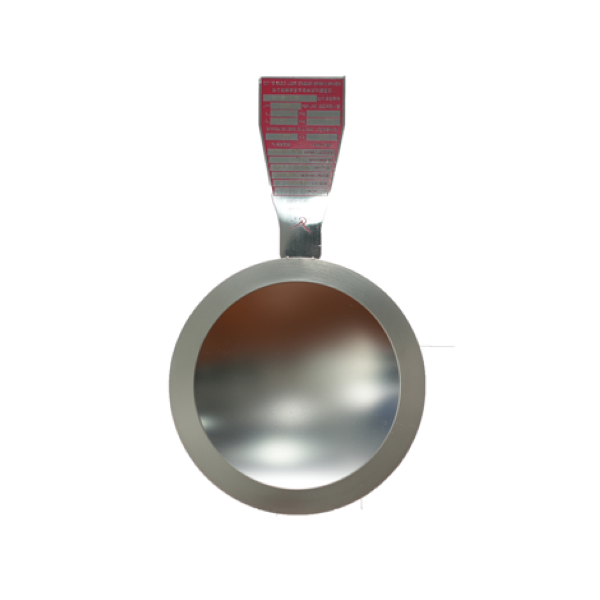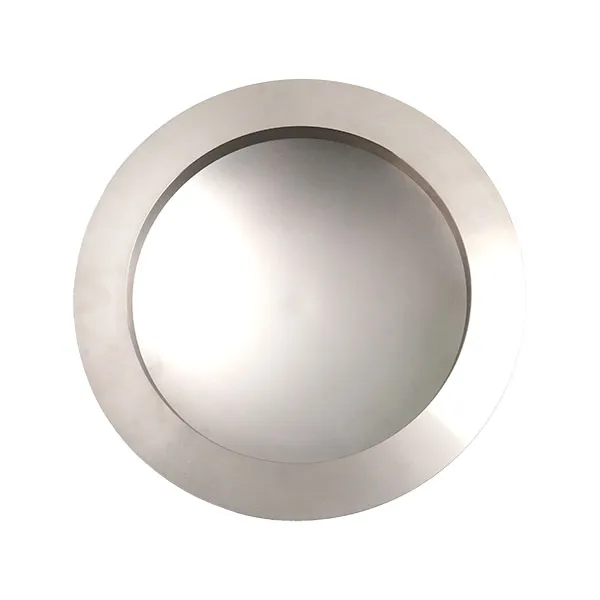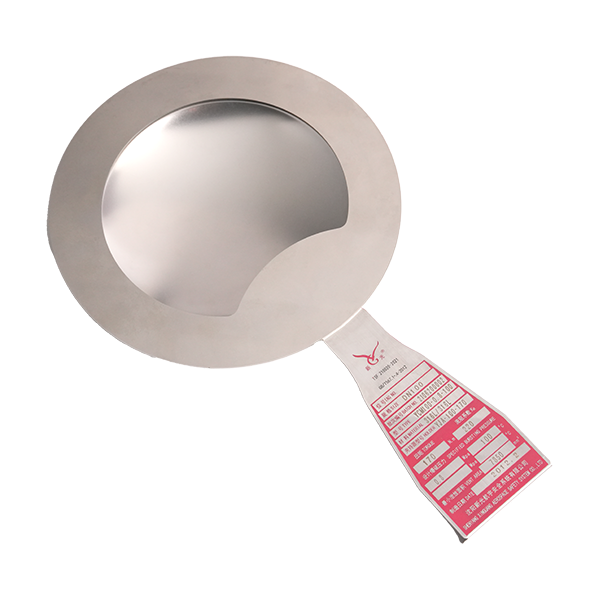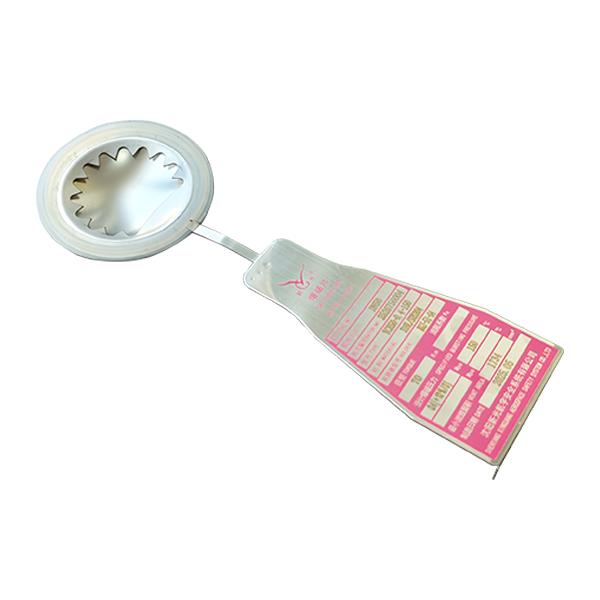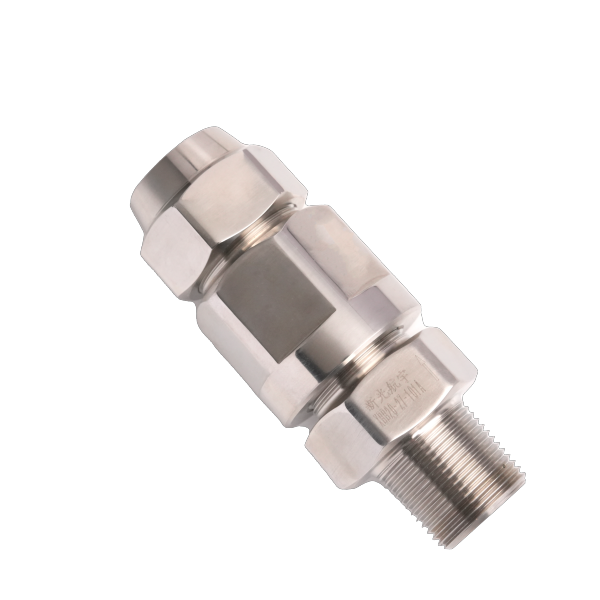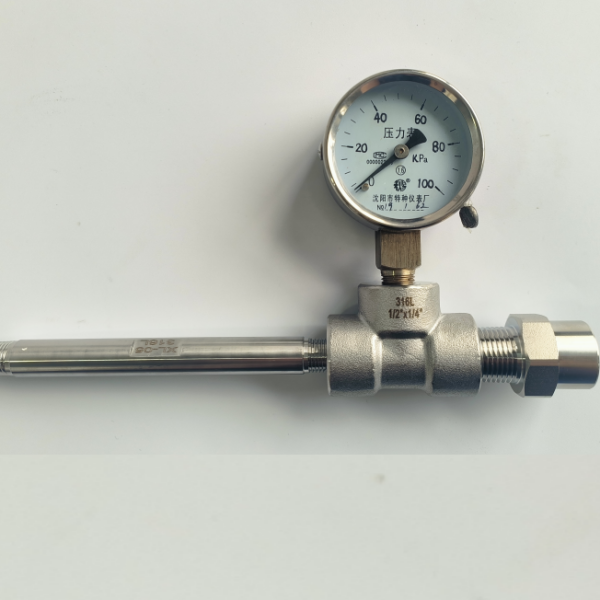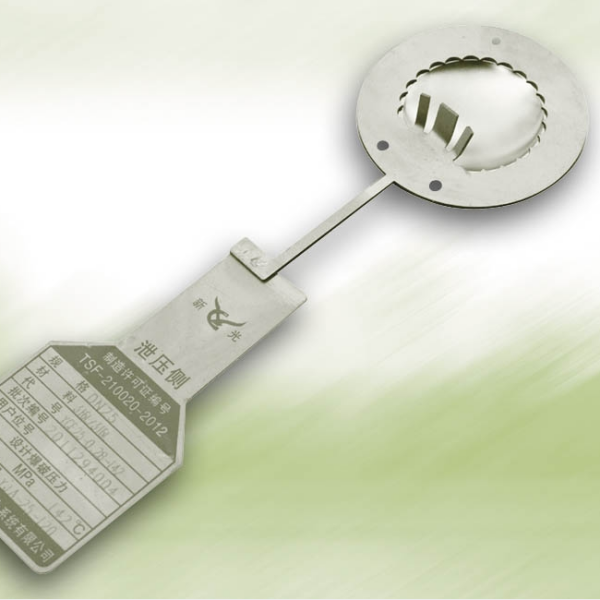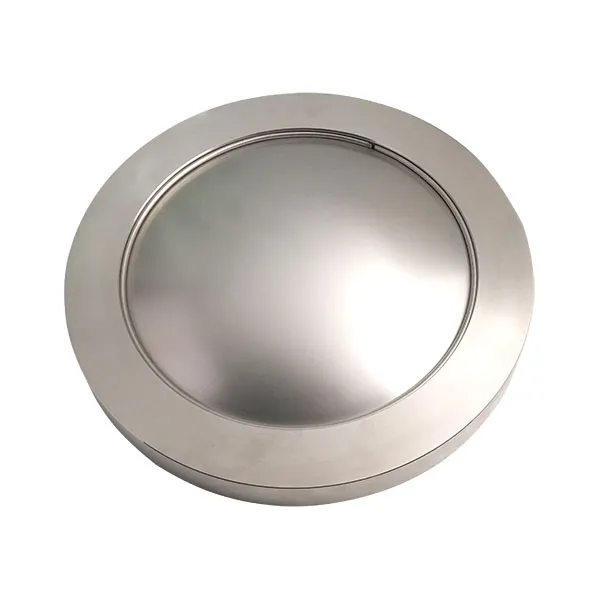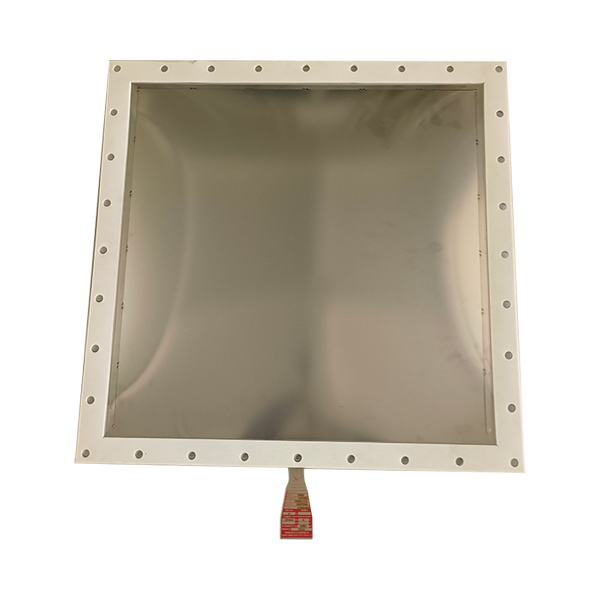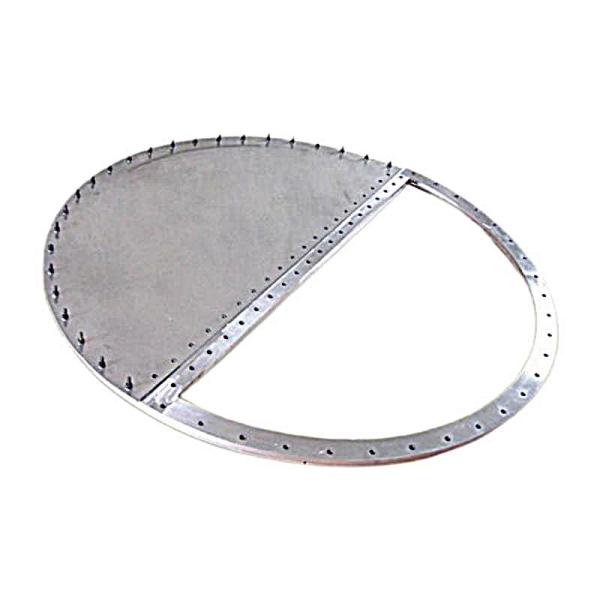Reverse arch bursting disc is a safety device that realizes overpressure relief through reverse buckling and rupture. The bursting disc holder is used as a component to fix and locate the rupture disc. The quality of the installation will affect the action accuracy and safety performance of reverse arch bursting disc. The installation of bursting disc holder needs to be in accordance with strict process specifications, so that the connection between the bursting disc and the equipment and pipeline is sealed and reliable, the discharge channel is smooth, and the pressure, temperature and other working conditions are met at the same time.
Before installing the bursting disc holder, it is necessary to check whether the nominal diameter, design burst pressure, applicable temperature range and material of the rupture disc match the operating conditions of the system. Check the surface of the rupture disc for scratches, deformation, corrosion and other defects. The flange sealing surface of the bracket needs to be flat and not damaged, and there must be no rust or burrs in the threaded or bolted connection parts. Another point that needs special attention is that the direction of the arch surface of the reverse arch bursting disc should be consistent with the direction of the medium pressure, and reverse installation is prohibited, otherwise it will cause the burst pressure to deviate or fail in advance. During installation, the installation site should be cleaned in advance to ensure that there is no dust, oil and other impurities contaminating the sealing surface. And prepare suitable installation tools, such as torque wrenches, level meters, sealants, etc.
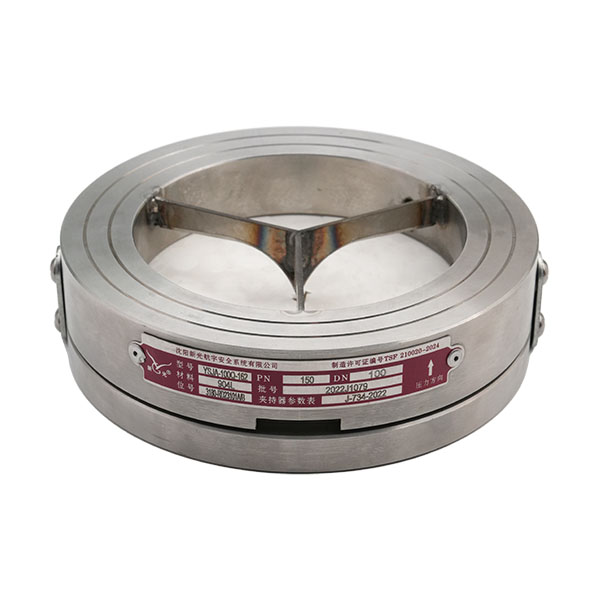
When connecting the bursting disc holder and the equipment, it is necessary to align the base of the bursting disc holder with the discharge port of the equipment according to the design drawings, so that the centerline of the bracket is coaxial with the centerline of the discharge channel, and the deviation does not exceed 1% of the nominal diameter to prevent uneven force on the rupture disc due to eccentricity. When connecting the flange, place a sealing gasket between the base of the bracket and the flange of the equipment, and tighten the flange bolts evenly, initially preload in diagonal order, and then gradually apply the specified torque in two to three times to prevent the gasket from being biased or the flange from being deformed. Then make a threaded connection, wrap the sealing tape or apply sealant at the threaded interface of the bracket, so that the thread meshing length is up to standard, and fix it with a wrench after tightening to prevent the interface from cracking due to excessive tightening.
When loading and clamping and fixing the reverse arch bursting disc, the reverse arch bursting disc should be correctly placed in the clamping cavity of the bracket, so that the edge of the rupture disc fits closely with the positioning steps of the bursting disc holder, without offset or warping. For split brackets, the lower gripper needs to be fixed first, the upper gripper needs to be covered after the rupture disc is placed, and the two are connected and fastened by bolts.
The installation quality of the bursting disc holder will directly affect the overpressure protection effect of the system. Therefore, after the installation is completed, it is recommended to conduct a pressure test in combination with the trial operation of the system to verify the overall performance of the rupture disc and the bracket to ensure that the bracket and the rupture disc can accurately and safely realize the discharge function under overpressure conditions.

